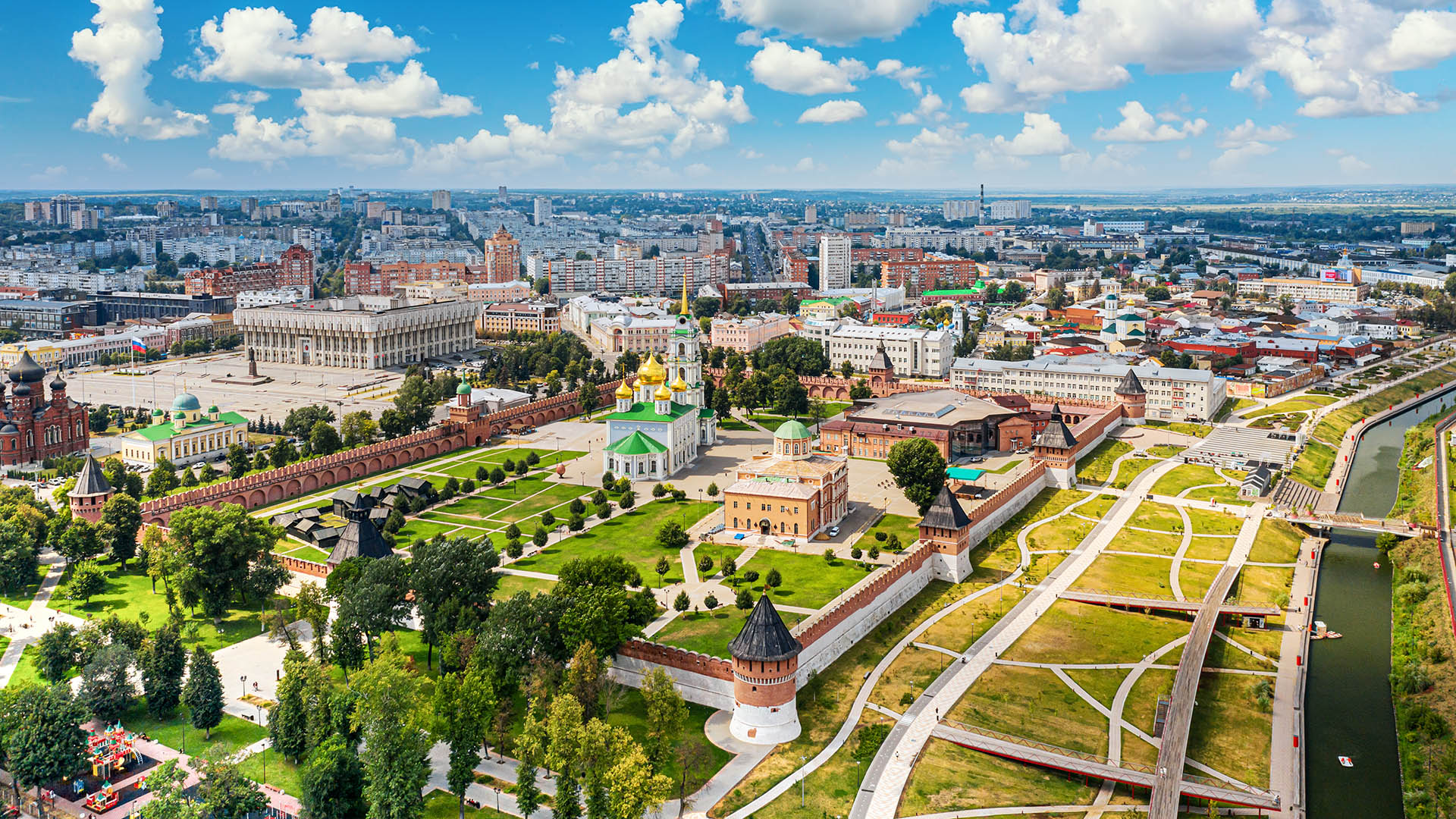
What do you mean by ‘inside out’ (‘shivorot-navyvorot’)?


If this phrase had been uttered during the time of Ivan the Terrible (16th century!), it would have been clear to everyone that the man was in big trouble and was out of favor with the tsar. In those days, boyars wore luxurious collars embroidered with gold and silver threads. The richer their owner was and higher their position, the more luxurious the ‘shivorot’ (‘collar’) was. But, if the boyar committed some kind of mistake or, for some other reason, was guilty before the tsar, no luxurious collars could save him from a shameful punishment.

He was forced to turn all his clothes inside out and sit on an old horse backwards - and they drove him around Moscow like that. There were many people willing to watch the public humiliation and, at the same time, hoot after them. Not everyone could cope with such humiliation. According to one legend, having suspected Archbishop Pimen of Novgorod of treason, Ivan the Terrible said that he should become a ‘skomoroch’ (‘baffoon’) and get married. And he ordered to dress him in beggar’s rags, give him bagpipes and a tambourine, put him on a horse as such, which he had declared to be Pymen’s wife, and lead him around the city. After his public punishment, the Archbishop was imprisoned, where he spent a year and then died - from humiliation and grief.












